Date: 3 March 2008
The glass—Guardian VIG (for vacuum-insulated glass)—has a very thin (250-micron or 0.25-mm) space evacuated to 10—4 torr (for reference, thermos bottles typically have a much harder vacuum of around 10—6 torr) between two layers of glass, one of which has a low-emissivity (low-e) coating. Guardian is currently producing the vacuum glazing on a limited basis for testing and hopes to roll it out commercially by the end of 2009.
Heat travels in three modes, and the vacuum effectively eliminates two of them: conduction and convection. But the vacuum doesn’t eliminate radiation, so the low-e coating is critical to the unit’s performance, according to Scott Thomsen, the chief technology officer and group vice president of Guardian’s Science and Technology Center. The type of low-e coating also has a huge effect: a hard-coat (pyrolytic) coating yields only R-2 to R-3 insulation, and standard low-e coating yields R-4, Thomsen told EBN. To achieve R-12, Guardian uses its more advanced ClimaGuard Low-E glass, which has two deposited metallic layers like Cardinal’s LoE2. Energy performance testing of the Guardian VIG panels has been done at the University of Waterloo in Ontario.
The total thickness of the Guardian VIG panel will typically be 0.26 to 0.43 inch (6.5—11 mm), depending on the glass used. This is far thinner than conventional insulated glass units, which require triple glazing and multiple low-e coatings to achieve comparable energy performance. The vacuum pulls the layers of glass together, so Guardian uses tiny, low-conductivity “pillars”several inches apart to maintain the spacing between the layers of glass. These are almost invisible, though “if you know to look for them, you’ll find them,”said Thomsen. The spacers will be most noticeable at night, he told EBN. In focus-group testing, Guardian found that only about half of the participants noticed the spacers.
Click bellow to read the entire article.


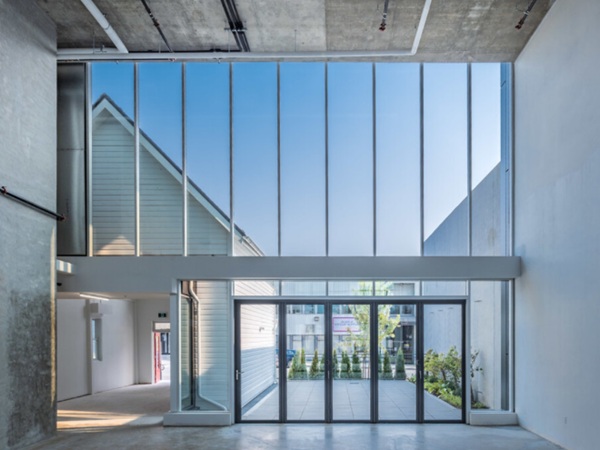
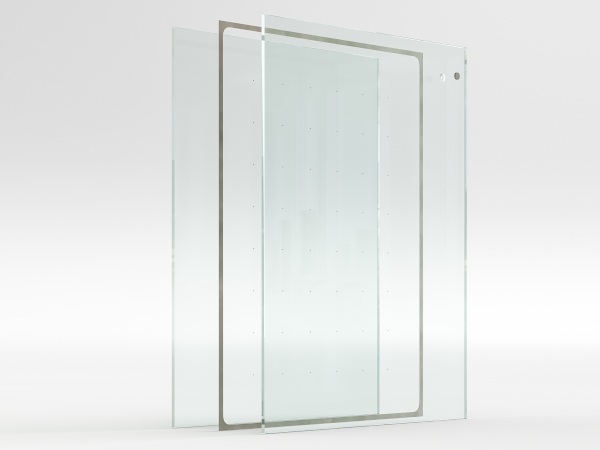
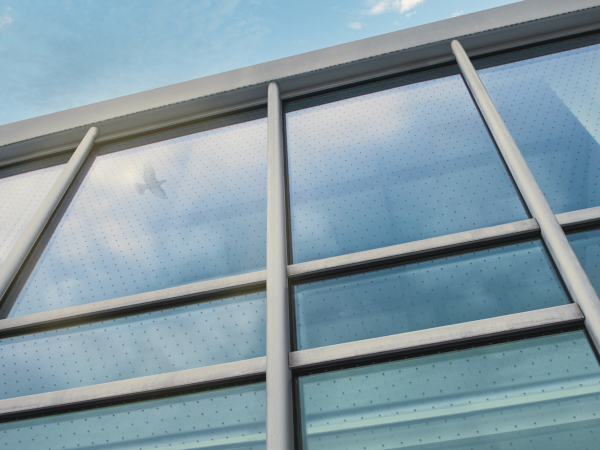







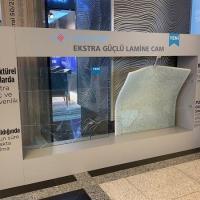




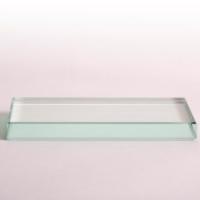
Add new comment